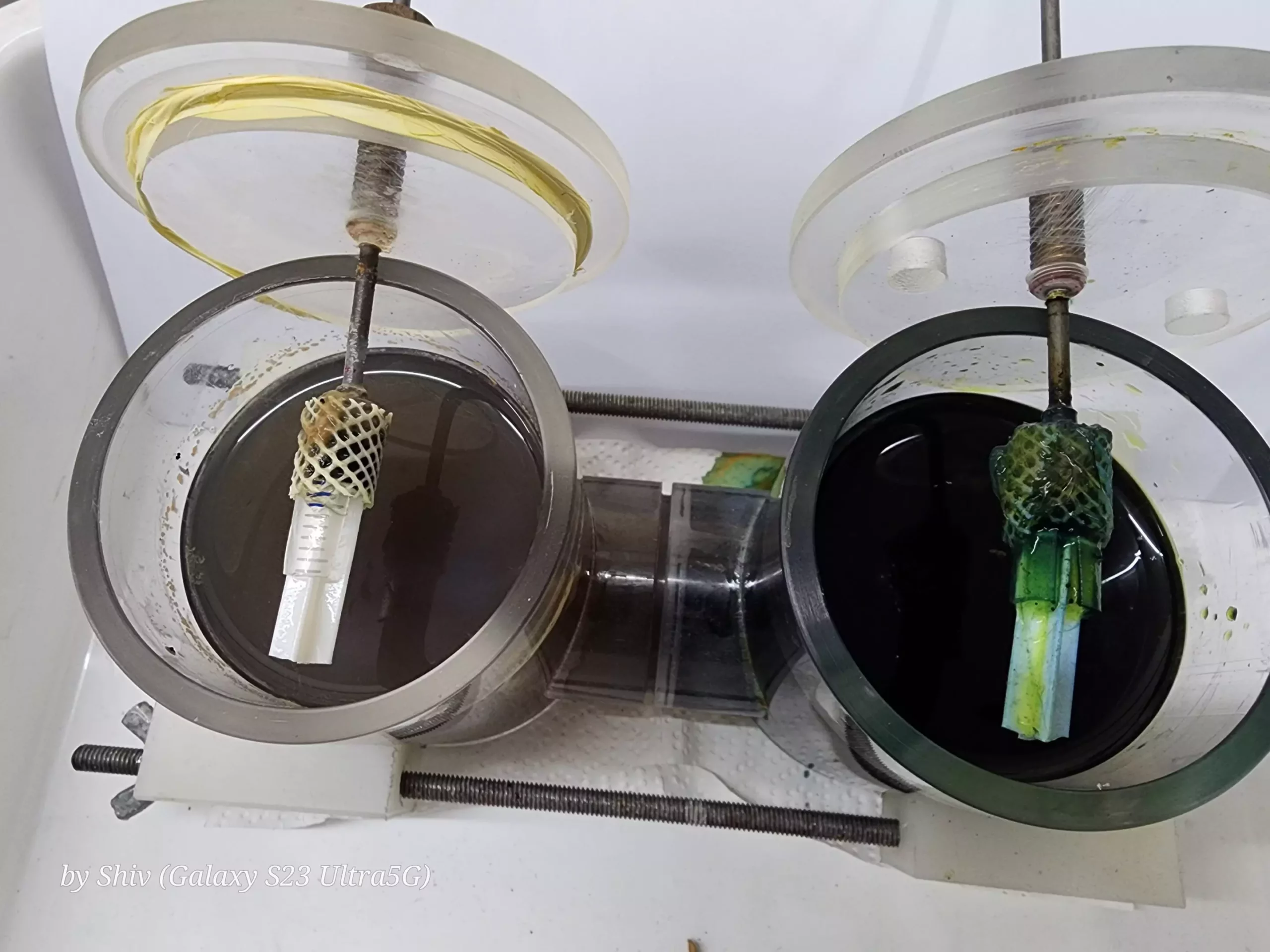In an age where environmental sustainability is at the forefront of global discourse, the concept of waste is witnessing a radical transformation. Instead of viewing waste solely as a problem that burdens our ecosystems, innovative thinkers are beginning to see it as an opportunity—an untapped resource poised to generate clean energy. Among the developments leading this paradigm shift are microbial fuel cells (MFCs), a revolutionary technology that leverages nature’s own processes to tackle two pressing challenges: the need for effective wastewater treatment and the quest for sustainable energy sources.
Microbial fuel cells harness the metabolic prowess of microorganisms, especially bacteria, to break down organic matter found in wastewater. These bioelectrochemical systems convert organic pollutants into electricity, effectively turning effluent into a source of clean energy. The recent advancements in MFC technologies, particularly with the introduction of capacitive electrodes such as the NiO-N-CNF/ACB variety, highlight a promising future in bioenergy and waste management.
Recent studies have examined the capabilities of capacitive MFCs, which represent a significant leap forward in the efficiency of these systems. The incorporation of advanced materials such as spherical capacitive NiO-N-CNF/ACB electrodes enhances power output tremendously. The findings from these studies indicate remarkable performance metrics; for instance, an open-circuit potential (OCP) of 0.8 V and an impressive power density of 2,900 mW per cubic meter. These figures may seem complex, but they reflect an innovative synergy that maximizes the efficiency of electron transfer, a crucial aspect of power generation from microbial metabolism.
The prime strength of the NiO-N-CNF/ACB electrodes lies in their design and interaction properties. The electrodes not only facilitate the growth of robust biofilms—those clusters of electroactive bacteria crucial for effective operation—but also expedite chemical reactions, such as the oxygen reduction process. A thicker biofilm on these electrodes equates to a greater capacity for electron capture, enhancing overall electricity generation akin to stacking batteries to increase power output.
In addition to generating energy, capacitive MFCs play a vital role in wastewater treatment. The research has shown a substantial reduction of 74% in the chemical oxygen demand (COD) of wastewater—a key indicator of organic pollution. By utilizing these advanced systems in effluent treatment plants, we not only reduce energy requirements typically associated with wastewater processing but also improve the efficacy of pollutant degradation. This dual functionality positions capacitive MFCs as more than just alternative energy sources; they are integral to a comprehensive approach to environmental remediation.
Adopting these technologies can lead to economic benefits as well, particularly in industries where wastewater treatment represents significant operational costs. By lowering energy consumption and simultaneously addressing pollution through power generation, capacitive MFCs can help industries meet increasingly stringent environmental regulations while maintaining profitability.
At the heart of these capacitive electrodes is a unique synthesis method known as suspension polymerization, which creates a dense, packed structure tailored for optimal performance in MFCs. The large surface area of these electrodes is significant as it increases the number of catalytic sites available for microbial activity, mirroring an electrochemical double-layer phenomenon that boosts energy production capacity.
Nickel oxide (NiO) plays a critical role in enhancing electron transfer, working in concert with graphitic carbon nanofibers (CNF). The biocompatibility of these materials ensures that they are amenable to the existing bacterial communities in wastewater, further increasing the robustness and reliability of the MFC system.
The implications of these advancements extend well beyond energy production; they represent a fundamental rethinking of waste as a renewable resource. The vision of wastewater treatment facilities evolving into self-sustaining power generation sites is not a distant dream but a plausible reality within our reach. As we refine our approaches to material optimization and biofilm growth management, the efficiency and viability of MFC technologies will continue to improve.
The need for innovative solutions to environmental challenges is clear, and microbial fuel cells offer exciting possibilities. As researchers delve deeper into identifying and enhancing the types of bacteria that form biofilms—such as Raoultella ornithinolytica and Pseudomonas aeruginosa—we may unlock even greater potential for power generation and wastewater management.
In closing, microbial fuel cells represent more than just a technical advancement; they constitute a paradigm shift in how we perceive waste. Embracing this new mindset allows us to transition toward a future where sustainability is intertwined with innovation, ultimately harnessing the power of nature to address humanity’s most pressing issues. Through ongoing research, we can look forward to a world where waste is no longer a burden but a bright source of energy.

